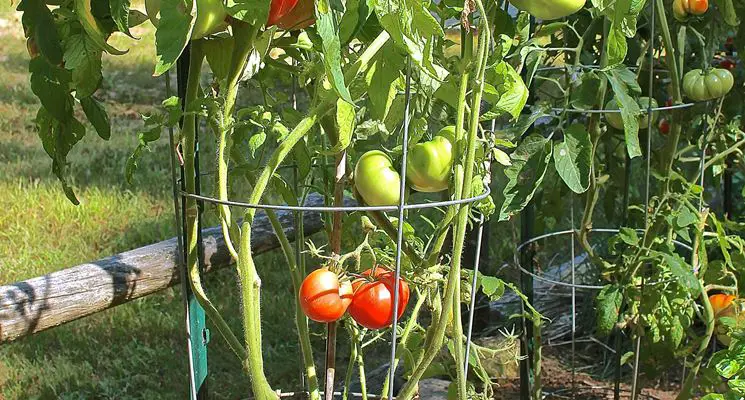Giant tomatoes thriving in home gardens may seem like a marvel, prompting many to explore the joys of urban gardening. The quest for preserving the authentic taste and aroma of traditional tomatoes has led to a surge in DIY gardening endeavors. Here are six essential strategies to cultivate robust and flourishing tomato plants in your garden:
- Fresh Ground: Rotate your tomato plants to a new area each growing season to prevent soil-borne diseases like tomato blight and blossom end rot. This practice replenishes soil nutrients and safeguards plant health.
- Early Support: Provide sturdy support structures such as cages or stakes before planting to prevent root damage and ensure proper plant growth from the outset.
- Deep Planting: Plant tomatoes deeply in the soil—about 15-20 centimeters—to encourage additional root growth, enhancing nutrient absorption and plant stability against environmental stressors.
- Nutrient Boost: Prepare a nutrient-rich compost mixture, including crushed eggshells, coffee grounds, and onion peels, to nourish the soil and promote robust plant development.
- Organic Mulch: Apply organic mulch around tomato plants to retain moisture, suppress weeds, regulate temperature, and prevent soil erosion, thereby fostering optimal growing conditions.
- Pruning Protocol: Regularly prune lower branches to improve air circulation, facilitate watering and fertilization, deter pests, and promote overall plant health and productivity.
Additionally, for bountiful yields of succulent tomatoes, consider enhancing soil health and pest resistance by adding a spoonful of neem oil—a natural, garlic-scented oil with hydrating and protective properties—to the soil around each plant. This simple yet effective measure wards off common pests like caterpillars, aphids, and scale insects, ensuring a flourishing tomato harvest.

